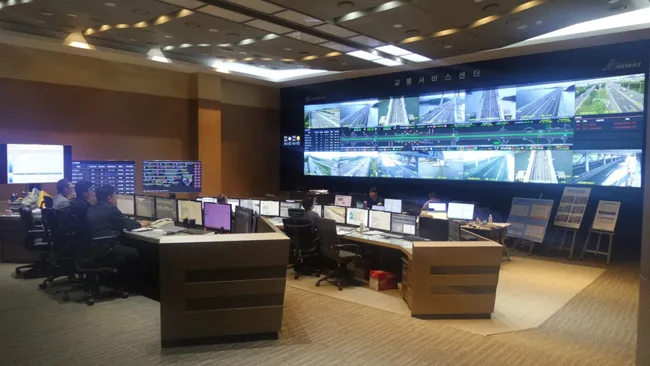In Australia, New South Wales state government agency Transport for NSW is to conduct a large-scale trial of a system that ‘sees’ around corners and over the crest of hills, warning truck drivers of hazards up to 1km away.
The trial of the Cooperative Intelligent Transport Systems (C-ITS) technology will run for five years, using 95 MK4 anti-collision devices provided by Cohda Wireless communicating with roadside hardware on a dedicated 5.9GHz frequency.
The first phase will launch in mid-2014, with 30 v
April 24, 2014
Read time: 1 min
In Australia, 5498 New South Wales State Government agency Transport for NSW is to conduct a large-scale trial of a system that ‘sees’ around corners and over the crest of hills, warning truck drivers of hazards up to 1km away.
The trial of the Cooperative Intelligent Transport Systems (C-ITS) technology will run for five years, using 95 MK4 anti-collision devices provided by Cohda Wireless communicating with roadside hardware on a dedicated 5.9GHz frequency.
The first phase will launch in mid-2014, with 30 vehicles running the 42km route from Port Kembla to the Hume Highway-Picton Road interchange; Transport for NSW is soliciting volunteers from among trucking operators.
Intended to reduce road fatalities and improve traffic from the busy Port Kembla, the project has received US$1.31 million (AUD 1.4 million) of funding from the federal Heavy Vehicle Safety and Productivity Program.
The trial of the Cooperative Intelligent Transport Systems (C-ITS) technology will run for five years, using 95 MK4 anti-collision devices provided by Cohda Wireless communicating with roadside hardware on a dedicated 5.9GHz frequency.
The first phase will launch in mid-2014, with 30 vehicles running the 42km route from Port Kembla to the Hume Highway-Picton Road interchange; Transport for NSW is soliciting volunteers from among trucking operators.
Intended to reduce road fatalities and improve traffic from the busy Port Kembla, the project has received US$1.31 million (AUD 1.4 million) of funding from the federal Heavy Vehicle Safety and Productivity Program.









